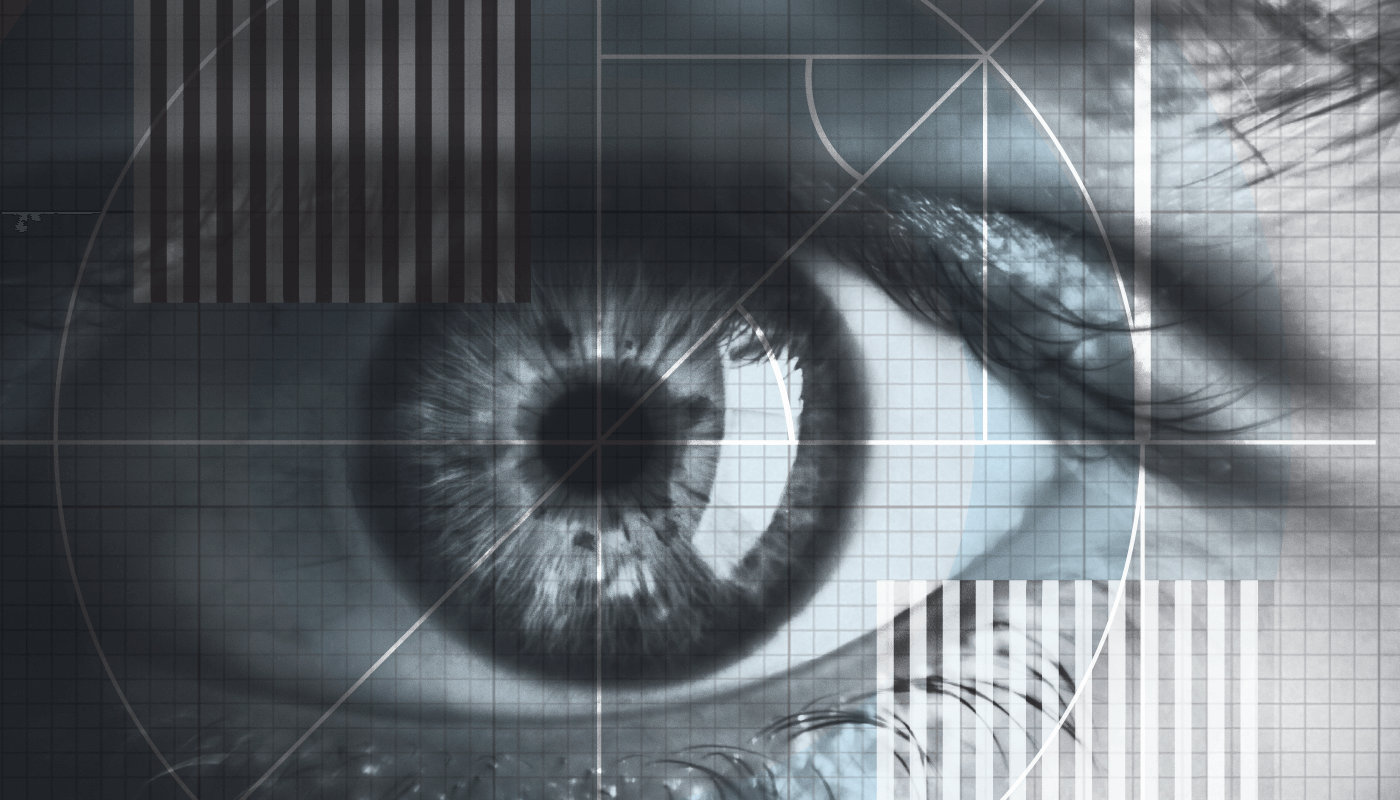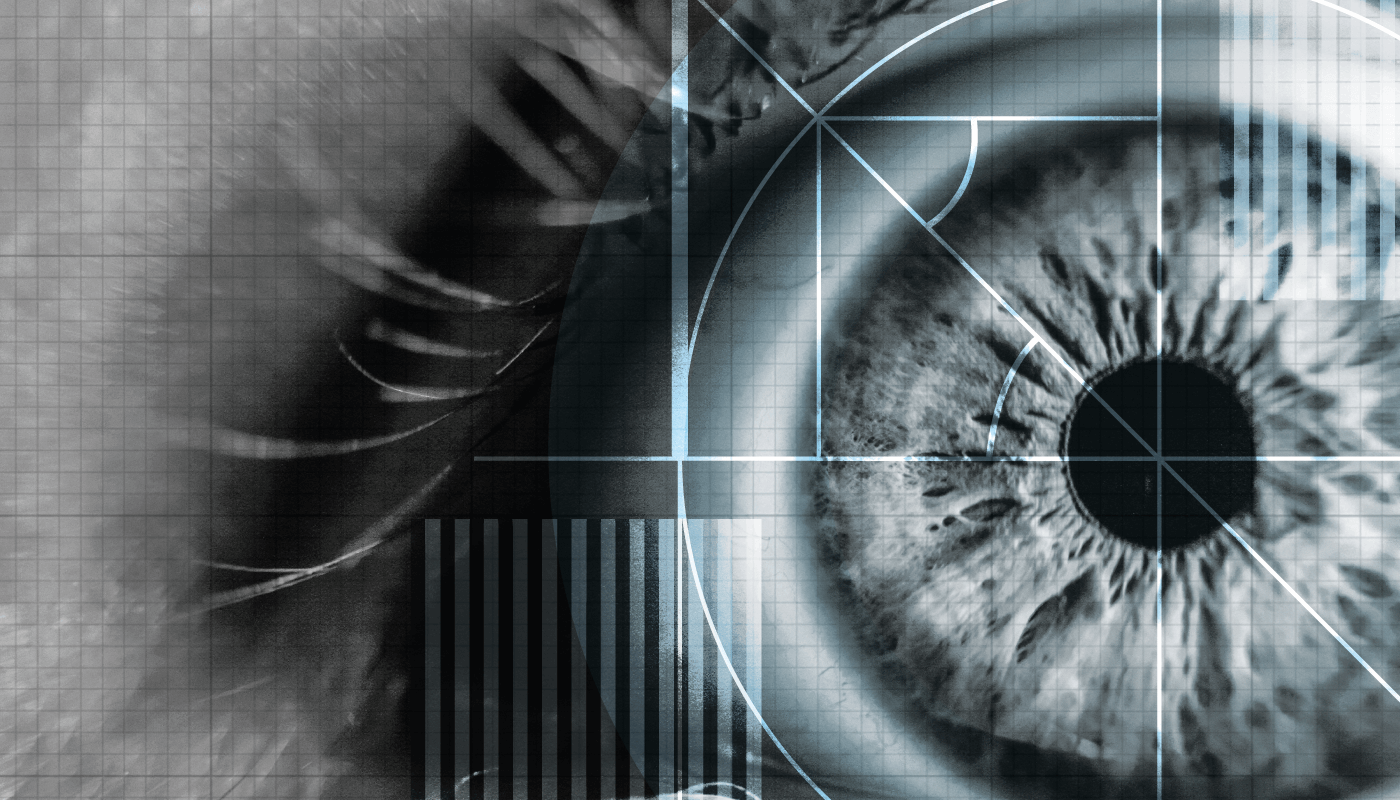
The ability to assess the cornea, pre- and post-operatively has been available to refractive and corneal surgeons for more than two decades now. With the introduction of the Orbscan corneal topographer (Bausch+Lomb), we gained the ability to assess the anterior and posterior surface of the cornea, while higher-order wavefront aberrometers taught us about corneal aberrations and their impact on vision. We had a new tool at our disposal with the introduction of Ocular Response Analyzer (ORA; Reichert Technologies), which enabled us to measure cornea biomechanics through a parameter called corneal hysteresis (1). Originally intended as a method for assessing glaucoma progression, ORA gained a following in the use of corneal biomechanics assessment. These innovations were followed by Scheimpflug systems and other means of assessing the biomechanical properties of the cornea. But many clinicians still consider these tools “for research use only.” And, as a result, they are not regularly used in clinical practice. In this article, I seek to understand why this is the case and hopefully convince you why we should integrate these devices into the routine care of our refractive patients.
The technology lowdown
The primary diagnostic technology used in corneal assessment for refractive screening fall into two main categories: Scheimpflug tomography systems (which are sometimes combined with a Placido topographer), and non-contact, air-puff tonometers, used alongside several other technologies used primarily for research purposes.
I. Corneal Tomographers: Scheimpflug Imaging Systems
The Pentacam. Oculus was the first company to introduce the technology (first patented in 1904) into an ophthalmic imaging device. The instrument used a rotational Scheimpflug camera to provide three-dimensional, non-contact imaging of the anterior segmentIt measures topography and elevation of the anterior and posterior corneal surface and the corneal thickness. Since the introduction of the first Pentacam in 2003, the company has introduced three additional models: The Pentacam HR that images the cornea, as well as the iris and crystalline lens; The Pentacam AXL that incorporates axial length measurement; and The Pentacam AXL Wave, which adds in wavefront aberrometry and retro illumination (Oculus GmBH 2020). The Belin/Ambrosio software of the Pentacam is considered to be the gold standard for screening for subclinical keratoconus based on corneal tomography.
The Galilei (Ziemer Ophthalmic Systems). A blend of Scheimpflug tomography, Placido topography, and optical biometry. Among its applications for anterior segment imaging is a feature that estimates the residual corneal thickness after corneal refractive surgery.
The Sirius (CSO Ophthalmics). Combining Placido topography with a Scheimpflug camera, the Sirius is capable of measuring pachymetry, elevation, curvature, and dioptric power of corneal surfaces over a 12 mm diameter. It also has a specific module for pre-operative keratoconus screening.
TMS-5 (Tomey). The device functions primarily as a cornea topographer, verifying the Scheimpflug measurement, and providing anterior and posterior maps.
The Precisio 3D Tomographer (IVIS). Described as a “high-definition corneal tomographer to detect morphological and refractive data of the whole corneal anterior segment sub-layers,” this device can be used to identify corneal disease, as well as for refractive surgery planning.
II. Corneal Biomechanical Assessment: Non-contact tomography
Ocular Response Analyzer (Reichert Technologies). A non-contact tomographer which emits an air puff in the central 3 mm of the cornea. The response of the cornea is measured in two directions; inward, as the air puff meets the cornea, and then outward, as the cornea responds back. This in turn is translated into two assessments: Corneal hysteresis (CH) and the corneal resistance factor (CRF). The biomechanical response is monitored by the reflection of an infrared light beam.
The Corvis ST (Oculus). Performing both tonometry and pachymetry, the Corvis ST is useful for corneal biomechanical assessment. Similar to the ORA, it measures the cornea’s response to the air puff but uses an ultra-high-speed Scheimpflug camera that takes 140 horizontal 8 mm frames over 33 milliseconds to perform the assessment (2).
III. Novel technologies
Here, I present four technologies that have been used in research settings and/or are under development (and therefore, not commercially available):
Supersonic, shear-wave imaging. Uses ultra-fast, high-resolution ultrasonic technology to do real-time, quantitative mapping of corneal viscosity in an animal-eye model.
Surface wave elastrometry. Measures corneal stiffness by using ultrasound technology between two-fixed distanced transducers on a 10-point map. Testing has been successfully done in animal and human cadaver models.
Elastography through a gonioscope lens. Uses a scanner to cover the entire cornea and a portion of the sclera in a single pass. It is particularly promising because it is non-invasive and does not put pressure on ocular tissue.
Brillouin Optical Microscopy. Analyzes light scatter, before 3-D mapping the biomechanical condition of the cornea.

Assessing corneal mechanics in daily practice
The assessment of corneal mechanics should be the standard of care in our practice. Not only does it help us ensure the safety of our patients, it also means that we can treat more patients because some corneas that appear to be slightly abnormal with tomography are deemed normal with biomechanics. Fundamentally, assessing corneal mechanics is a safety issue, whether it concerns the screening of keratoconus or suitability for refractive surgery.
Let’s consider the Corvis ST. Because it is a non-contact tonometer, it’s a test that you are already doing as part of the vision exam; the same functionality that assesses IOP also provides you with a tool for keratoconus assessment. The device – which gathers a set of “dynamic corneal response” parameters based on monitoring of the corneal response to air pressure – boasts a camera capable of taking 4,300 images per second. In short, it offers a degree of specificity that indicates we can perform surgery with assurance, as well as sensitivity that guarantees the patient will not develop ectasia post-operatively.
When combined with an assessment of the cornea, a device like the Pentacam can provide an even more accurate corneal assessment, making it my preferred way of selecting patients for surgery.
Why biomechanical assessment should become the standard of care
When it comes to refractive surgery, we understand that we are treating a healthy patient who most likely sees well with glasses or contact lenses. What we do not want to happen is to leave the patient with a debilitating condition after laser vision correction. If you want to treat this healthy patient, you need to use the best technology available to ensure that the cornea is normal. You cannot treat a healthy patient without investing in the latest diagnostic technology – or by using the latest methods – when patients are paying to receive the best treatment possible.
Stop and think about this: many of you will happily spend up to €500,000 on a laser to perform refractive surgery, but question the value of a €20,000 tool that can pre-operatively screen the patient and ensure that the cornea can safely handle the procedure – or rule out if the eye is pre-keratoconic. This shouldn’t even be a discussion. These are healthy patients and they deserve to receive the best possible care.
The following study helps make the argument for why cornea mechanic screening is so critical. Here, we present a case of post-SMILE Ectasia that occurred despite no pre-operative risk factors based on corneal tomography. It was only when we retrospectively analyzed the pre-op biomechanics on the patients’ eyes using Corvis ST software that we discovered the cornea abnormality.
Figures 1 and 2 show Pentacam 4 Maps performed pre-operatively in 2014 on the patient’s left eye. It depicts normal curvature, normal elevation, normal pachymetry, and no indication of keratoconus.
The same was true for the right eye, with all indicators appearing normal in 2014 (see Figures 3 and 4). However, the patient did go on to develop ectasia following their 2018 SMILE procedure.
With the availability of the Corvis ST biomechanical index, we recently decided to review this case and found an abnormal TBI (Tomographic Biomechanical Index) (see Figure 5), as well as a slightly suspicious CBI (Corvis Biomechanical Index) (see Figure 6). If this tool – based on biomechanical assessment in combination with modern AI methods – would have existed at the time of the surgery, we would certainly not have performed a SMILE procedure.
In this case, biomechanical analysis is also very helpful for assessing ectasia risk post-operatively. In fact, the CBI-LVC was developed precisely to determine post-operatively stability. We found that the eye which indicated a high TBI based on pre-operative measurements also boasted a CBI-LVC of 1.00, revealing a high ectasia risk (see Figure 6).
Indeed, post-SMILE ectasia can be confirmed clinically for the right eye. The left eye also revealed a soft corneal behavior according to the CBI-LVC. Though from a clinical point of view no progressive ectasia was detected in the left eye, the need to advise against eye rubbing to optimize ocular surface health and treat allergy symptoms, along with rigorous follow-up with corneal tomography is unquestionable. No decision on corneal crosslinking has been made at this time.
This case illustrates how biomechanical measurements are important for clinical decision making, both pre- and post-operatively. Based on retrospective analysis, our conclusion was that the ectasia may have been prevented with the right tools in hand.
References
- D Gatinel, “Evaluating Biomechnic Properties of the Cornea”, Cataract & Refractive Surgery Today Europe. October 2007:36.
- Science Direct, “Overview of Scheimpflug imaging technology” (2020). Available at: https://bit.ly/3inISC9.
- L Esporcatte et al., "Biomechanical diagnostics of the cornea." Eye Vis (London), 5, 7 (2020). PMID: 32042837.
- M Tanter et al., “High-resolution quantitative imaging of cornea elasticity using supersonic shear imaging”, IEEE Trans Med Imaging, 28, 1881 (2009). PMID: 19423431.
- W Dupps Jr et al., “Surface wave elastometry of the cornea in porcine and human donor eyes”, J Refract Surg, 23, 66 (2007). PMID: 17269246.
- M Ford et al., “Method for optical coherence elastography of the cornea”, J Biomed Opt, 16, 016005 (2011). PMID: 21280911.
- G Scarcelli et al., “Brillouin optical microscopy for corneal biomechanics”, Invest Ophthalmol Vis Sci, 53, 185 (2012). PMID: 22159012.
